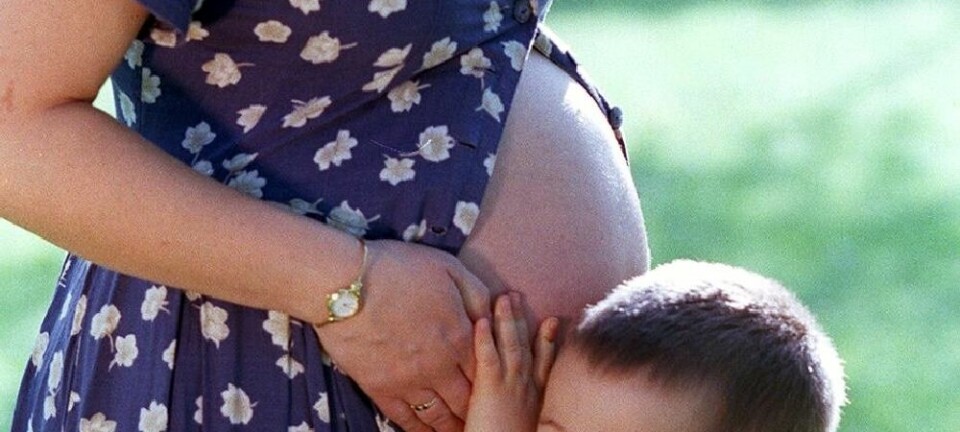
Candle particles might be just as harmful as diesel fumes
Particles from candles look to be just as harmful to mice as diesel particles. Studies of the effect on people is needed, say scientists.
Particles emitted by candles are potentially just as harmful as particles from diesel car fumes, shows a new study.
Experiments on mice show that particles from candles trigger inflammatory reactions in the lungs and damage cells more than diesel particles from old cars and large machinery.
“It looks like candle particles are at least as bad, and perhaps even worse, than diesel particles,” says co-author Peter Møller, a professor from the Institute of Public Health Science at the University of Copenhagen.
It is the first time that scientists have directly compared particles from candles with diesel fumes to see how their effects compare.
If the particles also affect humans to the same degree as diesel fumes, it could mean that they worsen asthma, triggers bronchitis, or in the worst case lead to lung cancer and an increased risk of heart disease.
Scientists: use fewer candles
Møller suggests that while we may well be tempted to light candles when we want to feel cosy, it could be sensible to try to use them sparingly. Personally, he has “no desire to burn candles every evening.”
Professor Lars Gunnarsen from Alborg University has read the study that is published in the scientific journal Toxicology Letters. He has similar advice:
“I definitely think that many people are not adequately aware of the health hazards of candlelight. The new knowledge from this paper encourages us to sharpen the view that [particles from] candles are most likely are dangerous for lungs and the circulation,” says Gunnarsen.
Mice are not people
Many other scientists point out some important caveats to consider before you throw all of your candles out the window.
First and foremost, the trials were conducted on mice, not people, who could have a different reaction. Second, the mice received large doses of particles directly into their system in one go. In reality, people will not be exposed to such concentrations.
Finally, the mice were exposed to the particles given off when the candle was extinguished—which actually only constitutes a small part of the total burn time of a candle.
Next step: human trials
Human trials are now underway to see what the effects could be on people.
Scientists from Aarhus University in Denmark and the University of Copenhagen are planning two studies on young adults with asthma.
The first study will assess how people are affected by inhalation of candle particles compared with clean air. The second study will examine the effect of different types of candles in comparison with clean air.
“We’ve just received funding for the first trial, which starts in the spring of 2018,” says Torben Sigsgaard, professor at the Institute of Public Health at Aarhus University.
------------------------------------
Read more in the Danish version of this story on Videnskab.dk
Translated by: Catherine Jex











